Solving corrosion-related issues is a major challenge for the worldwide ageing fleet of nuclear power plants, looking for LTO (long-term operation).
While utilities can proceed to replacements for many pipes affected by corrosion, a replacement strategy is not always possible. Other maintenance solutions are required for inaccessible or embedded pipes. Moreover, for those pipes which cannot be replaced, internal inspection and corrosion removal become an even greater technical challenge if the pipe’s diameter is small and when the remote access to the zone of interest requires to travel through bended sections and elbows.
The Westinghouse small bore piping inspection and repair set of flexible tools includes:

From left to right: Radial visual inspection tool, Axial visual inspection tool, Wall thickness UT inspection tool, Corrosion machining tool
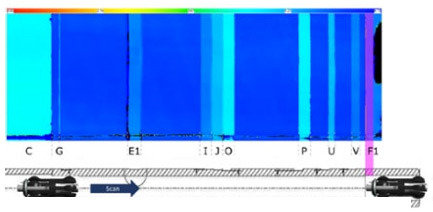
Piping with singularities
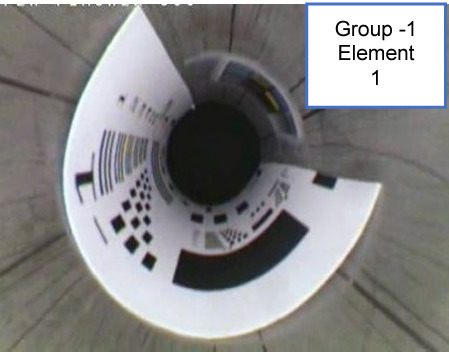
1951 USAF sight into the pipe
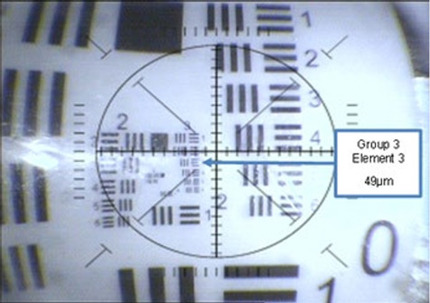
1951 USAF sight into the pipe
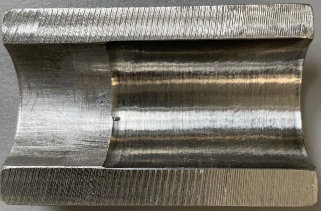
Result of the machining process
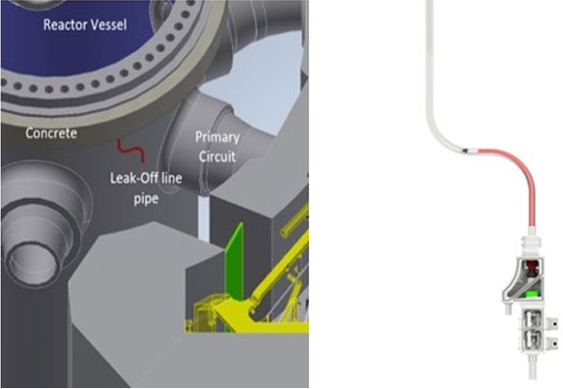
Reactor vessel and leak-off line environment (left) with clamping module and a tool into the pipe (right)
Each of these tools is qualified for implementation on Reactor vessel leak-off lines for the French PWR fleet.
Reactor vessel leak-off line visual inspections, triggered by reactor vessel head leak issues on several PWR units, have revealed indications for potential stress corrosion-induced damages in leak-off lines. Damages on the inside of the leak-off lines include corrosion pits, longitudinal and circumferential scratches, as well as oxide deposits. These damages being activated by temperature, their importance is increasing in the part of the leak-off line directly embedded in the reactor vessel flange.
The final section of the leak-off line is embedded in the reactor vessel flange and can therefore not be replaced. By eliminating the corrosion-induced damages, the process reduces risks of reactor vessel leak events, which have a significant outage critical path impact when they occur.